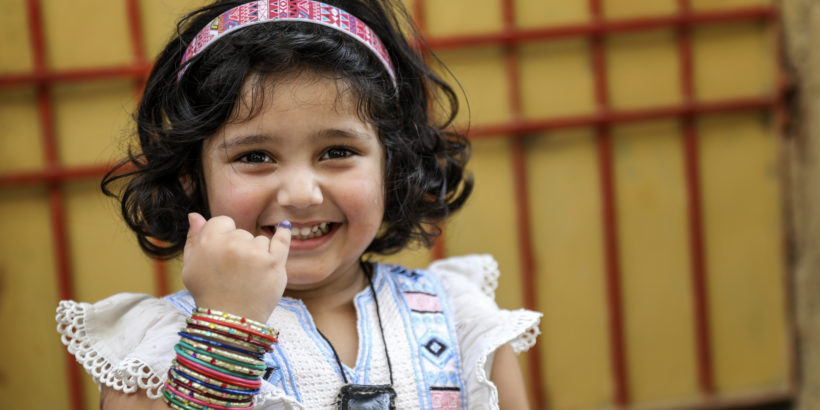Today, at least half of the global population does not have access to essential health services, and many of those who do suffer undue financial hardship when accessing care or receiving treatment. In 2012, the United Nations General Assembly adopted a resolution urging governments to provide all people with access to affordable, quality health care—a concept now referred to as universal health coverage (UHC). Three years later, in 2015, the Sustainable Development Goals (SDGs) concretized UHC as a core objective in the global health agenda, setting—as part of SDG 3—the goal to “ensure healthy lives and promote well-being for all at all ages” by 2030. Every year, on December 12, the UHC Coalition rallies the growing global movement behind one central goal: ensuring that we reach UHC for all by 2030.
One piece of the UHC puzzle is to minimize typhoid as a global health threat. Similar to many important global health issues, typhoid, a bacterial infection affecting nearly 11 million people worldwide annually and causing more than 116,000 fatalities each year, is crucially intertwined with inequality and the environment. At its heart, typhoid is a disease of poverty, existing where communities lack access to basic water and sanitation infrastructure, and life-saving vaccines. Taking on typhoid requires focus on all of the same aspects of UHC, including ensuring access to preventive interventions—such as vaccines and water, sanitation and hygiene (WASH) interventions; improving and expanding use of rapid diagnostic tools; and guaranteeing access to safe, affordable care and treatment options.
Typhoid is a costly illness, often resulting in missed work and expensive treatment—at times accounting for up to 15 percent of a household’s annual income. With rates of drug resistance increasing around the world—as we’ve seen in outbreaks from Pakistan to Zimbabwe—typhoid could soon become an untreatable disease. As such, our best guarantee to tackling the disease remains prevention with both vaccines and WASH. While improving WASH infrastructure requires a considerable financial investment and can take years to implement, introducing effective, live-saving vaccines, such as the new typhoid conjugate vaccine (TCV), can offer a quick advancement in both taking on typhoid as well as getting one step closer to UHC.
This has been the case in Pakistan, which recently became the first country to introduce TCV into its routine immunization program, reaching more than 10 million children in Sindh Province during a recent three-week campaign. This effort has helped to protect children and their families from the consequences of typhoid illness for years to come—providing equitable preventative care and negating the potential need for expensive treatment. Further, recent data from a TCV efficacy study in Nepal demonstrates that the vaccine is highly effective in protecting children from infection, signaling further confidence in the vaccine and the great potential to protect children and families from a disease that disproportionately impacts those who can least afford the diagnostics and care.
Under the tenants of UHC, access to health care is equitable and based on need—not where a person lives or their ability to pay. By introducing TCV into a country, decision-makers are providing preventative care to keep individuals and families healthier and more able to lead productive lives. This year’s UHC campaign calls on leaders to commit to UHC, which government leaders increasingly recognize will be unobtainable by 2030 if we do not make immediate advances. TCVs offer a readily-available solution to make headway towards UHC efforts, and ensuring accessible, equitable health and well-being for those most financially unstable and vulnerable to typhoid.
Photo courtesy of ©PATH/Asad Zaidi



